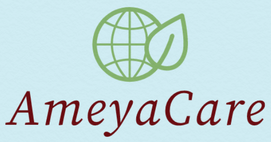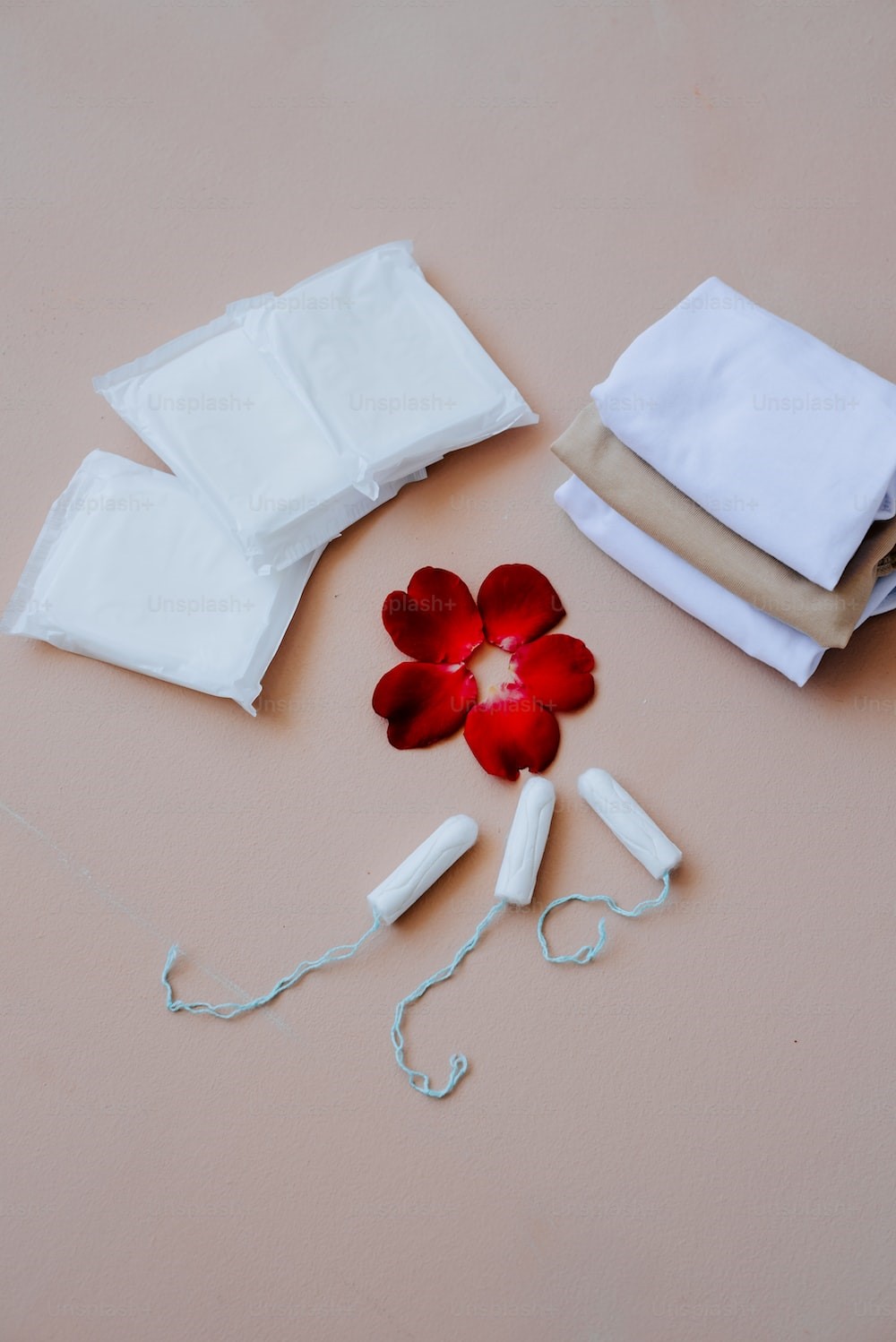Period Products are now one of the most common pollutants of landfills and the market is estimated to gross 25 billion dollars by 2025. While the fight for women’s health and hygiene is now a raging issue, it wasn’t always the case. For most of human history, menstruation was a hushed topic. So much has changed but it’s easy to forget where we once started.
1800s-1900s
In Europe and North America, homemade menstrual cloths were made out of fabric or flannel with a belt to secure it in place. This is where the slang term “on the rag”, referring to menstruation, comes from. These homemade products were reusable and expected to be cleaned monthly. However, soon people started having concerns about bacterial growth from inadequate cleaning. Not everyone maintained proper care of these products between cycles or cleaned them well enough to be considered safe for reuse. It wasn’t as if you were buying these in stores with instructions on how to clean them.
Between 1854 and 1915, patents began rolling out for official menstrual products marking the first boom of the menstrual “hygiene” market. Of these patents included the first menstrual cup, rubber pants (also known as underwear lined with rubber), and Lister’s towels (a precursor to maxi pads) One other menstrual product was a menstrual pad that included an elastic belt to hold the product in place[1].
Despite the innovation, many of these products resulted in commercial failures. Moral taboos still plagued menstrual products due to purity culture. This made consumers hesitant to be seen purchasing them or using them[2].
1900s-1920s
During the First World War, gender roles of women were reimagined as they moved into the labor force to support the industrial demands of modern war. This meant that women were encouraged to continue working to contribute to the war effort during menstruation (something that was advised against, prior to the war)[3]. Through the media, factory employers encouraged the use of menstrual products so that women could continue working.
Menstrual product improvement during this time was credited to nurses on the battlefront, who noticed that cellulose was better at absorbing blood than cloth bandages. This led to the first Kotex sanitary napkin based on war bandages, sold in 1918, and by 1921, Kotex became the first successfully marketed sanitary napkin.
1930s-1940:
As the use of period products became normalized, new period inventions began. One of them, disposable tampons, were produced in the 1930s due to hygiene issues of pads being exposed to fecal matter and bacteria. Thus, healthcare workers considered tampons “the better option”. However, many communities were hesitant to switch over to tampons due to moral concerns about virginity, masturbation, and the false belief that tampons served as contraceptives to make women infertile[4].
1950s – 1990s:
Prior to this period, pads were used with belts to secure sanitary towels. It wasn’t until 1956, where female African-American inventor Mary Kenner invented the first beltless pad. In it, she used an adhesive similar to today’s to secure the pad in place. Unfortunately, her patent for the build was dismissed until the 1970s due to racial discrimination[5].
Later on, beltless pads became favored. Various modifications hit the market (with some you might recognize) like heavy flow, light flow, and mini-pads. A decade later, modern maxi pads and pads with wings were added..
2000s – Today:
Since then, the market for menstrual products has expanded tremendously. Social taboos have declined and support for an open conversation around women’s health has led to advancements in menstrual products: materials now include organic textiles which are better for your body and the environment.
These days, antagonism against pads and tampons has diminished. Women were once expected to conceal their menstruation and deal with it on their own. Markets preyed upon these views with subtle packing, but decades of change have taken on a different light. Advertisements now push for the empowerment of women. They portray feminine care products as a positive and a way for women to take control of their own bodies.
These advances in menstrual innovation have had a massive influence on women’s wellness and the world. Today we have the supplies and materials to choose environmentally safer options. Making an individual decision to opt for reusable menstrual products can both satisfy the atmosphere and your comfort!
[1] A Short History of Modern Menstrual Products
[2] The Evolution of Menstrual Products form the 1800s to Present
[3] World War Strenthened Women’s Suffrage
[5] A Brief History of Menstrual Products
By: Valentina Bramati


